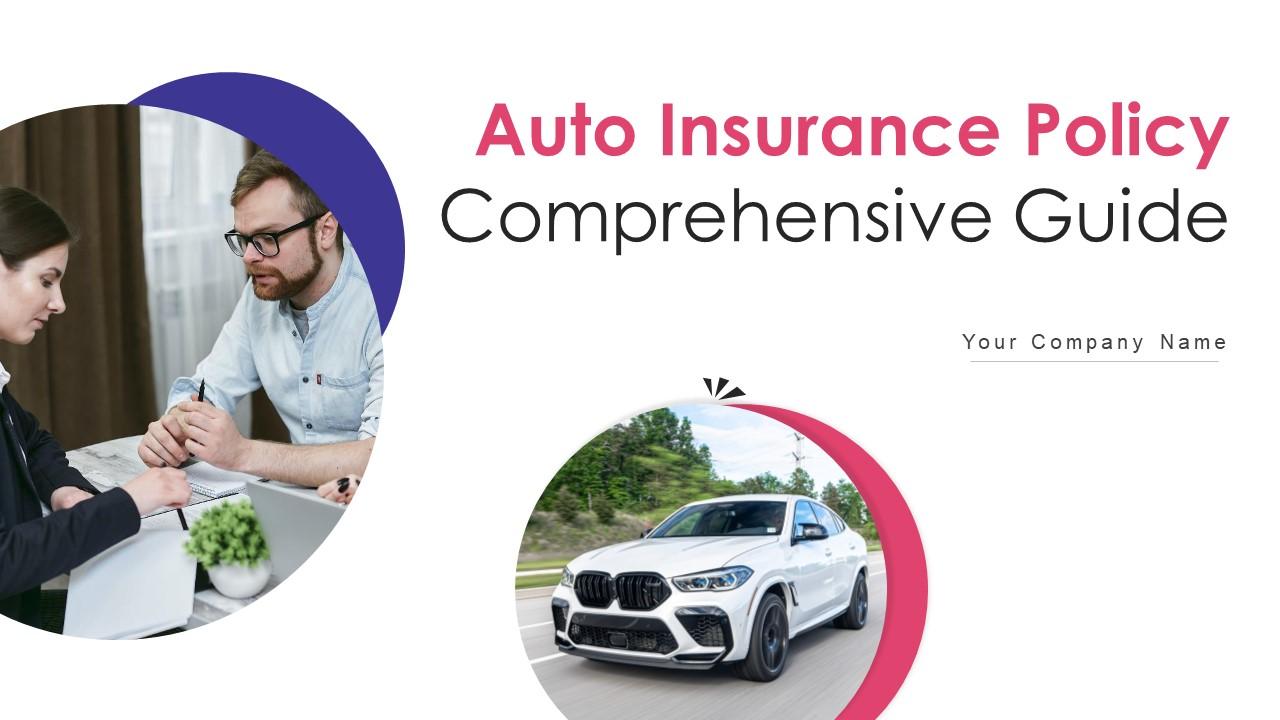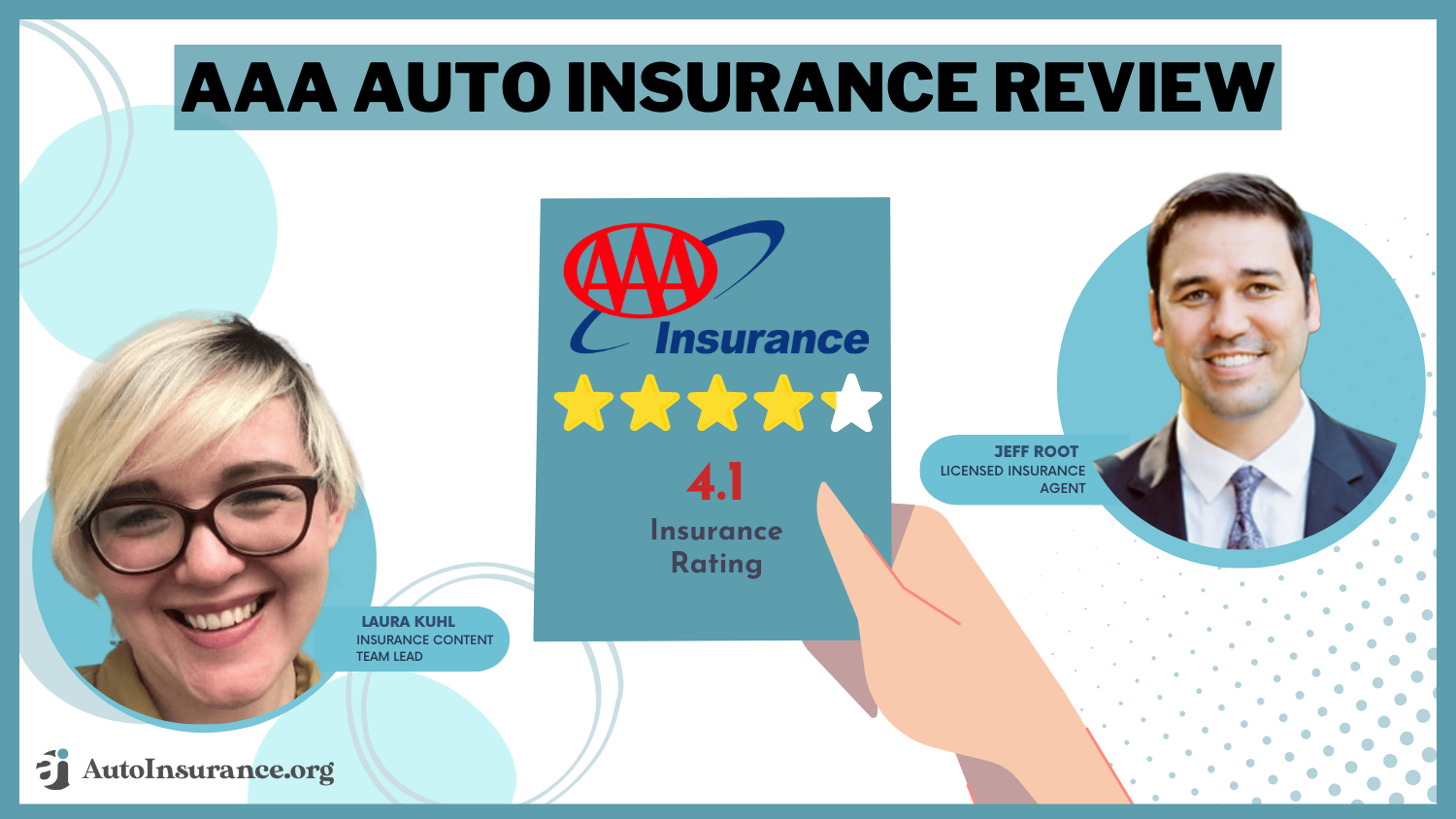Auto insurance is a crucial financial investment that provides protection against losses arising from car accidents. It’s a legal requirement in most jurisdictions, ensuring that drivers can compensate for any damage or injuries caused to others in a collision.
Types of Auto Insurance Coverage
There are several types of auto insurance coverage available, each with its own purpose:
- Liability Coverage: This is the most common type of auto insurance and covers bodily injury and property damage caused to others in an accident. It’s usually mandatory by law.
- Collision Coverage: This covers damage to your car, regardless of who is at fault in the accident.
- Comprehensive Coverage: This covers damage to your car caused by factors other than collisions, such as theft, vandalism, or natural disasters.
- Uninsured/Underinsured Motorist Coverage: This protects you if you’re involved in an accident with a driver who doesn’t have adequate insurance or no insurance at all.
Factors Affecting Auto Insurance Premiums
Several factors influence your auto insurance premiums:
- Driving Record: A clean driving record with no accidents or traffic violations typically results in lower premiums.
- Type of Vehicle: The make, model, and year of your car can affect your premium. Sports cars and luxury vehicles generally have higher premiums.
- Age and Experience: Younger drivers, especially those under 25, may face higher premiums due to a higher risk of accidents.
- Location: Where you live can impact your premiums. Areas with higher rates of accidents or theft may have higher insurance costs.
- Coverage Limits: The amount of coverage you choose can affect your premium. Higher coverage limits generally result in higher premiums.
Tips for Saving on Auto Insurance
- Shop Around: Get quotes from multiple insurers to compare prices and coverage options.
- Improve Your Driving Record: Maintain a clean driving record by avoiding accidents and traffic violations.
- Consider Increasing Your Deductible: Opting for a higher deductible can lower your premiums, but it means you’ll pay more out-of-pocket in the event of a claim.
- Bundle Policies: If you have other insurance needs, such as home or renters insurance, bundling your policies with the same insurer can often result in discounts.
- Use Discounts: Take advantage of available discounts, such as good student discounts, safe driver discounts, or discounts for anti-theft devices.
By understanding the different types of auto insurance coverage and factors that affect premiums, you can make informed decisions to protect yourself financially on the road.





